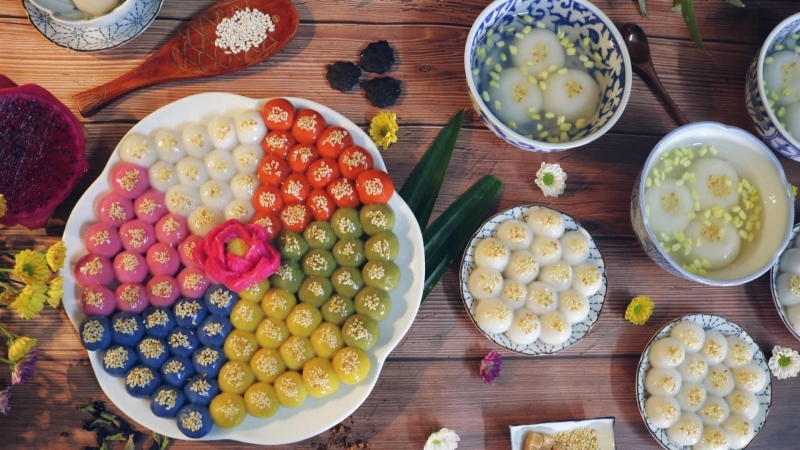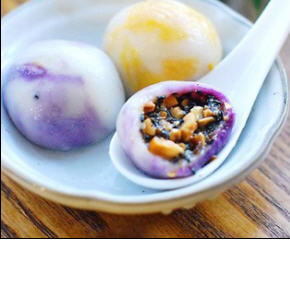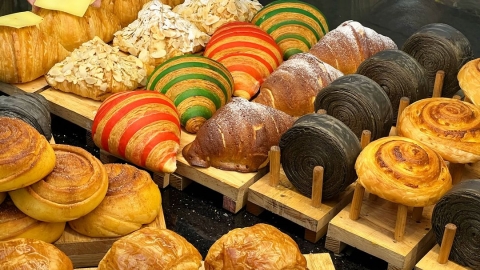Cold Food Festival and the Chinese custom of "eating cold food"
In Chinese, "han" means cold and "thuc" means to eat. Therefore,Cold Food Festivalalso known as the Cold Food Festival. This traditional custom originated in China and is associated with a thrilling story that has been passed down through many generations.
During the Spring and Autumn period (770 - 221 BC), King Wen of Jin was in turmoil and had to leave his country in exile, living here and there, sometimes in Qi, sometimes in Chu. By the king's side was always a wise man named Jie Zitui, who assisted and helped the king with many strategies.
One day, while on the way to escape, food was running out. Jie Zitui secretly cut a piece of his thigh meat, cooked it, and offered it to the king. After eating it, the king asked about it and found out that he was extremely grateful for Jie Zitui's loyalty.
Jie Zitui served and assisted King Wen of Jin for nineteen years. Together they experienced many hardships, shared weal and woe, and honed their talents and bravery.
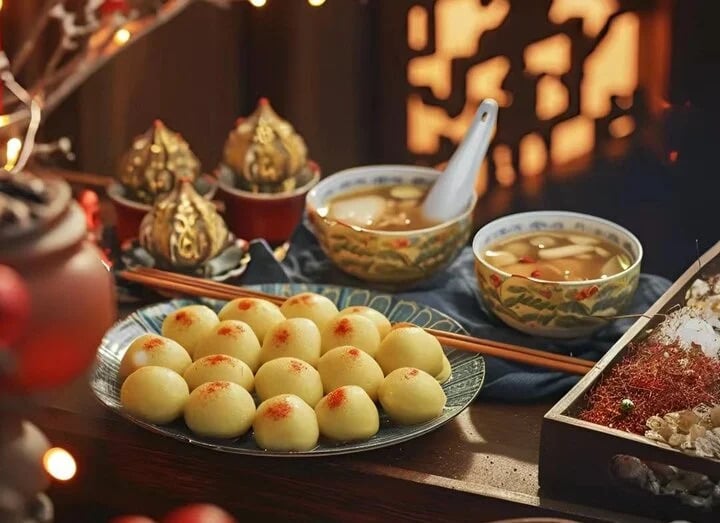
In China, Cold Food Festival is also known as Cold Food Festival.
After Duke Wen of Jin regained the throne and returned to the Jin Kingdom, he lavishly rewarded those who had assisted him during his exile. Sadly, however, he forgot Jie Zitui, whose great contributions were undeniable.
Even though he was forgotten by the king, Jie Zitui did not feel resentful or resentful. He believed that assisting the king was a duty that did not require any reward or reward. This action demonstrated complete loyalty, a noble quality that should be respected. Because the king did not recognize his achievements, Jie Zitui decided to take his mother to live in seclusion at Dien Son mountain.
After realizing his mistake, Duke Wen of Jin was extremely remorseful. He sent someone to find Jie Zitui to reward him. However, Jie Zitui was a man who did not care about fame or wealth, and he refused to return to the imperial court to receive the reward. Duke Wen of Jin was worried that Jie Zitui would assist others, so he ordered the Tianshan Forest to be burned in the hope of forcing Zitui to come out.
But unexpectedly, Jie Zitui would rather die than submit. He and his old mother embraced each other and burned to death in the sea of fire. Jie Zitui's heroic death has become a symbol of complete loyalty, indomitable spirit and noble qualities of a gentleman. His story has been passed down through many generations and is always mentioned as a lesson of loyalty and noble sacrifice for the king and the country.
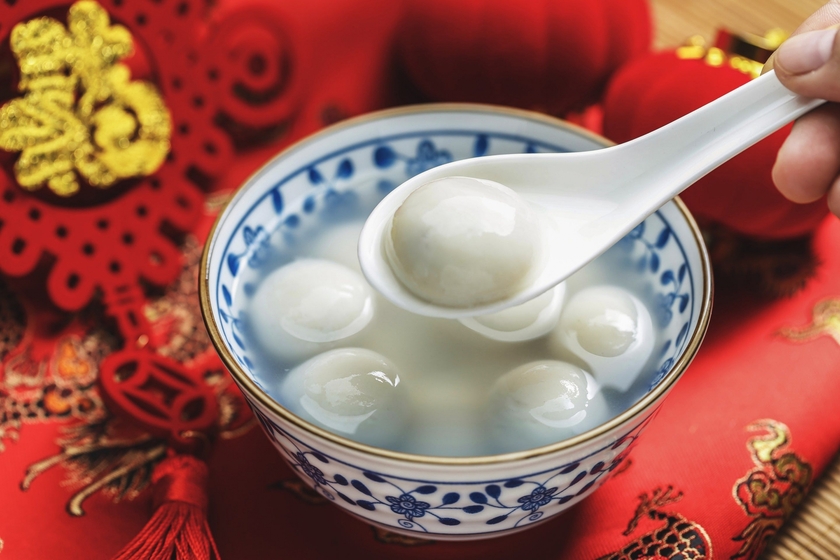
This is the Cold Food Festival to commemorate the loyalty and great sacrifice of Jie Zitui.
Before the tragic death of Jie Zitui, Duke Wen of Jin was extremely remorseful. He built a temple to commemorate and acknowledge Jie Zitui's achievements. Every year, on the third day of the third lunar month, the day Jie Zitui and his mother died, the king ordered that fire be banned from cooking. Even the food offerings had to be prepared the day before. This was the Cold Food Festival to commemorate Jie Zitui's loyalty and great sacrifice.
Cold Food Festival is not only celebrated in China but also spread to many other countries, including Vietnam. This custom represents cultural exchange and profound human values.
Preserving the flavor of Cold Food Festival in Vietnamese life
Although the Cold Food Festival originated from China, when it was introduced to Vietnam, it brought with it its own unique characteristics, imbued with Vietnamese cultural identity. This is an occasion for descendants to turn to their roots and remember the birth and upbringing of their ancestors.
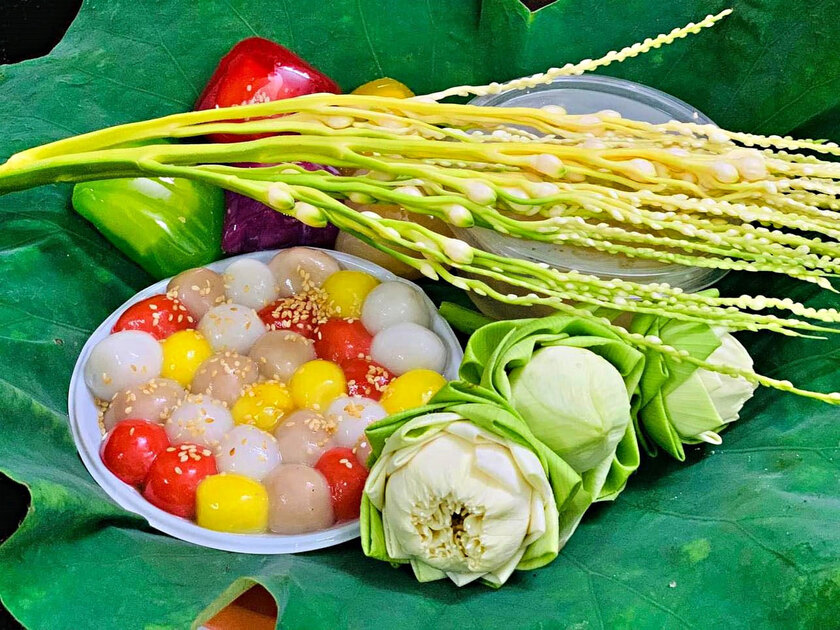
Although the Cold Food Festival originated in China, when it was introduced to Vietnam, it brought its own unique nuances, imbued with Vietnamese cultural identity.
Unlike the Cold Food Festival in China, Vietnamese people do not abstain from fire on this day. Instead, they create two special types of cakes: banh troi and banh chay. Both types of cakes are made from fragrant sticky rice flour. Banh troi are shaped into small, smooth balls with a white exterior and a sweet brown sugar filling inside. When boiled in a pot of boiling water, the balls float to the surface, signaling that they are cooked. Banh chay are shaped into flat, round balls with mung bean filling. When eaten, a refreshing sugar syrup is poured on top.
Banh troi symbolizes reunion and fulfillment with the image of round, tight-fitting cakes. Banh chay represents reverence and purity with a light, elegant flavor.
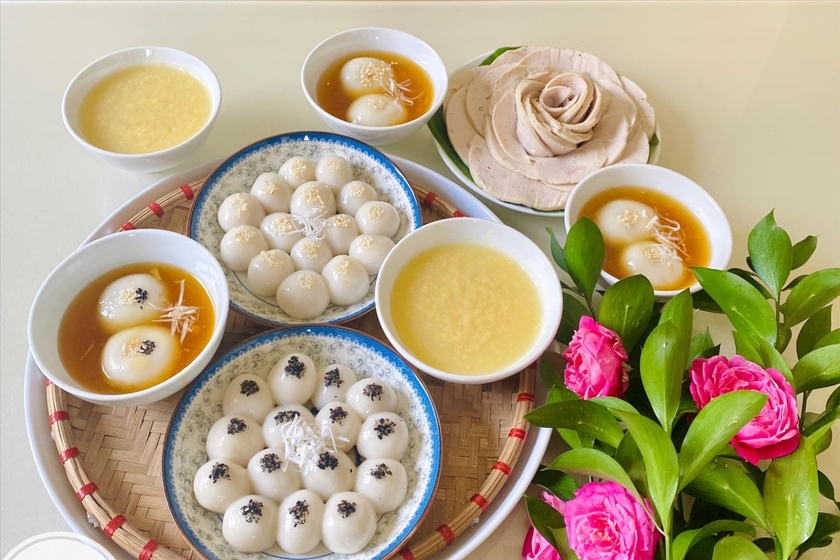
Vietnamese people created two special types of cakes: banh troi and banh chay.
Besides originating from China, banh troi and banh chay are also associated with the legend of the “hundred-egg sac” of Au Co and Lac Long Quan. According to this story, the hundred small cakes represent the hundred eggs of Au Co and Lac Long Quan. Banh troi represents the 50 eggs that hatched into 50 children who followed their mother to the forest. Banh chay represents the 50 eggs that hatched into 50 children who followed their father to the sea.
The custom of making banh troi and banh chay on the Cold Food Festival has been deeply ingrained in the Vietnamese subconscious. Every year on this day, families eagerly prepare ingredients, make cakes and enjoy them together.
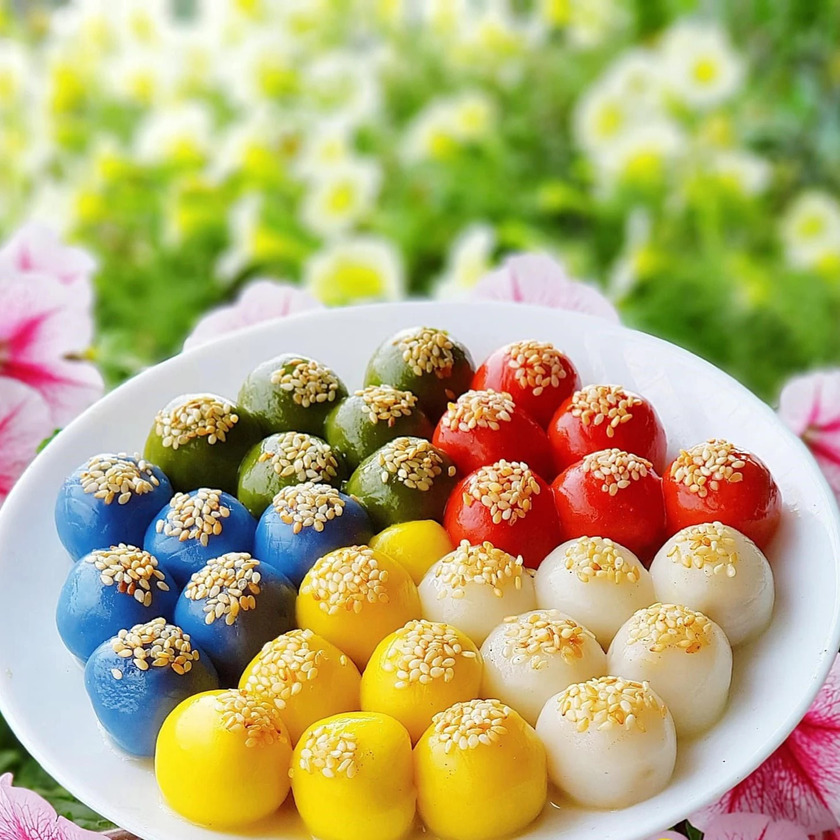
Besides originating from China, banh troi and banh chay are also associated with the legend of the "hundred-egg sac" of Au Co and Lac Long Quan.
The fragrant smell of green beans and molasses combined with the warm, family atmosphere creates a very special Cold Food Festival. Banh troi and banh chay are not only delicious dishes but also symbolize filial piety, gratitude and national solidarity.
On the 3rd day of the 3rd lunar month every year, Han Thuc Festival is not only celebrated in the Northern provinces but also spread to many other regions across the country. This is a cultural beauty that needs to be preserved and promoted, contributing to enriching the spiritual life of the Vietnamese people.

On the 3rd day of the 3rd lunar month every year, Han Thuc Festival is not only celebrated in the northern provinces but also spread to many other regions across the country.
Make banh troi and banh chay by yourself for Han Thuc Festival
Ingredient:
Banh troi:
- 200g glutinous rice flour
- 100g brown sugar
- Warm water
- Oil
Vegetarian cake:
- 200g glutinous rice flour
- 100g peeled green beans
- 100g sugar
Making:
Banh troi:
- Cake filling: Cut the rock sugar into small pieces.
- Make the crust: Knead the sticky rice flour with warm water until smooth and elastic. Shape the dough into small balls, put the rock sugar filling in the middle and roll them into balls.
- Boil the cake: Boil a pot of water. Add the dumplings and cook until they float to the surface, then scoop them out.
- DecorateUse a ladle to scoop the cake out onto a plate and decorate with roasted sesame seeds on top.
Vegetarian cake:
- Cake filling: Soak mung beans for 3-4 hours until soft. Steam mung beans until cooked then cook with sugar until smooth.
- Make the crust: Knead the sticky rice flour with warm water until smooth and elastic. Shape the dough into flat balls.
- Boil the cake:Boil a pot of water. Add the banh chay and cook until it floats to the surface, then remove.
- Cook sugar water: Put sugar in a pot with a little water, boil until melted.
- Decorate: Scoop the banh chay into a bowl, add sugar water. You can sprinkle some cooked beans or roasted sesame seeds.
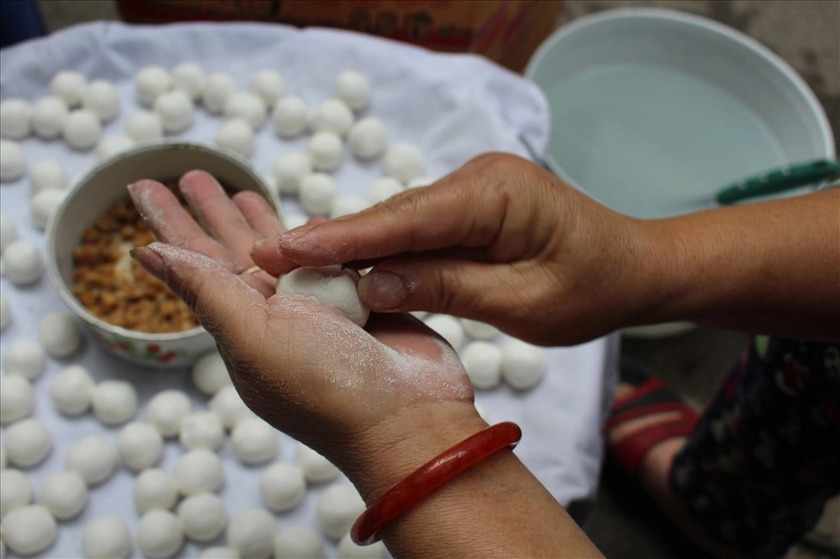
Make banh troi and banh chay by yourself for Han Thuc Festival
Tips:
- To keep the dumplings from breaking, you should shape them into a suitable size, not too big or too small.
- You should boil the dumplings over low heat so that they cook evenly.
- Vegetarian cakes can be eaten with ginger water for added flavor.








